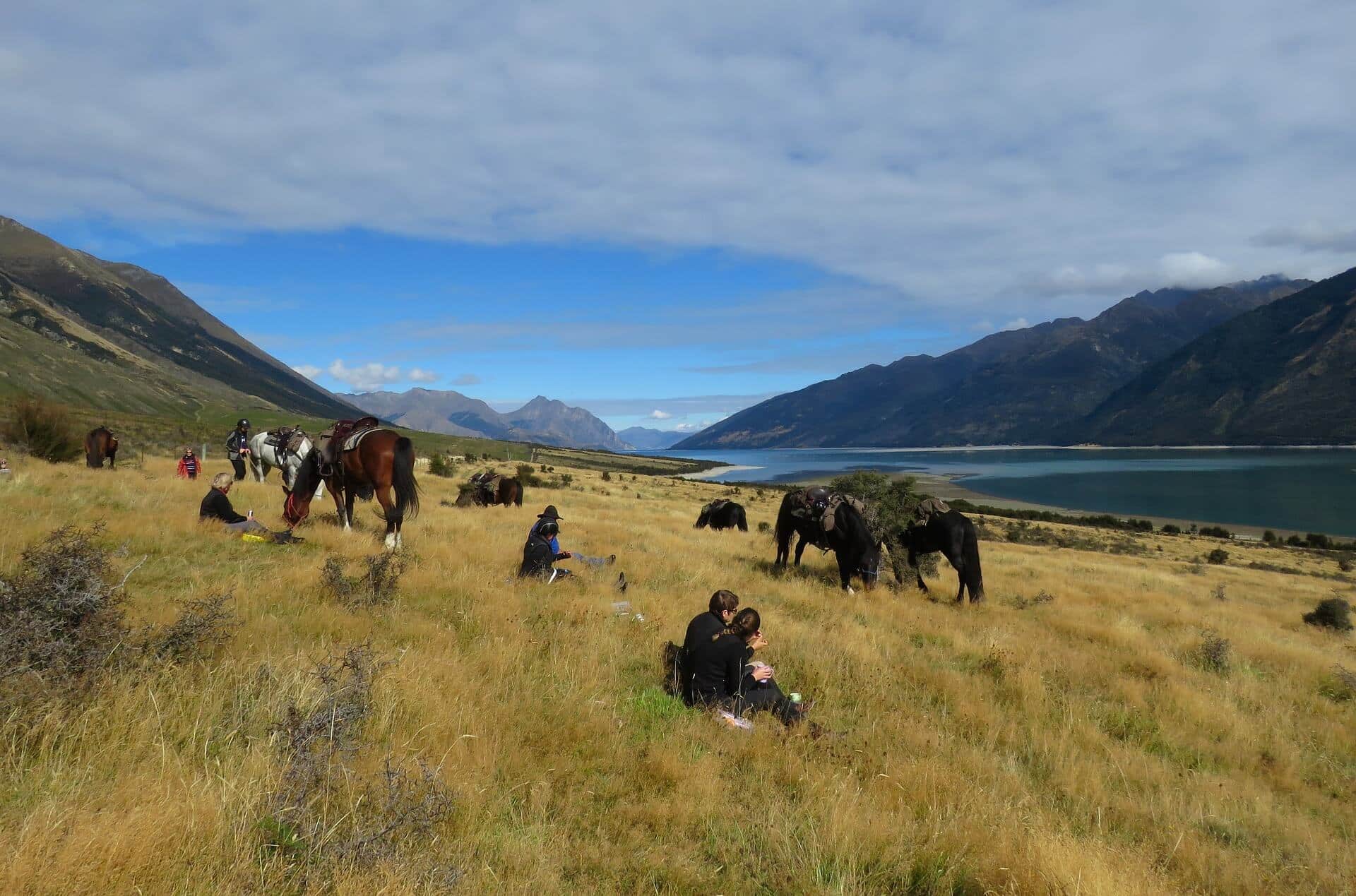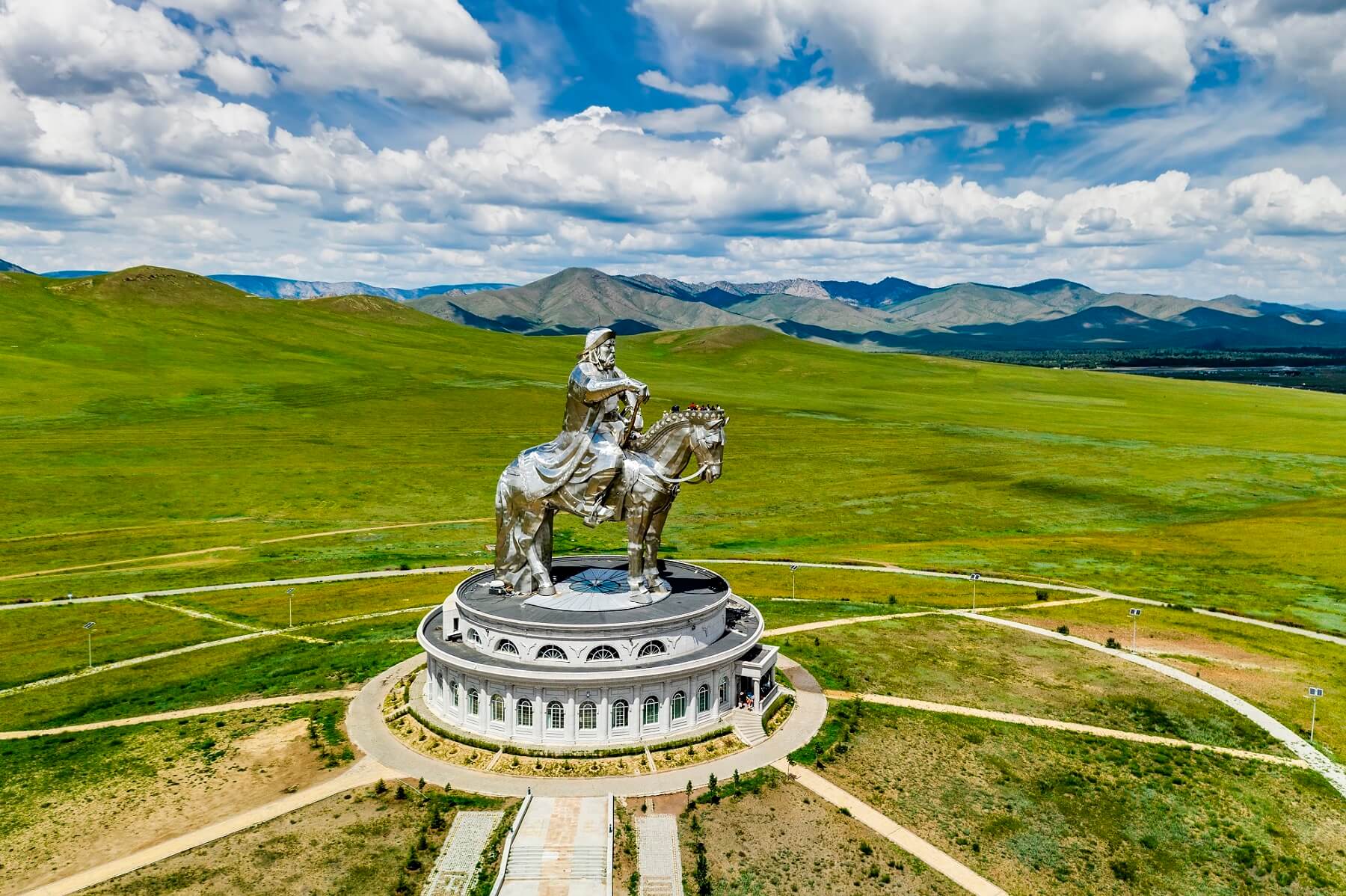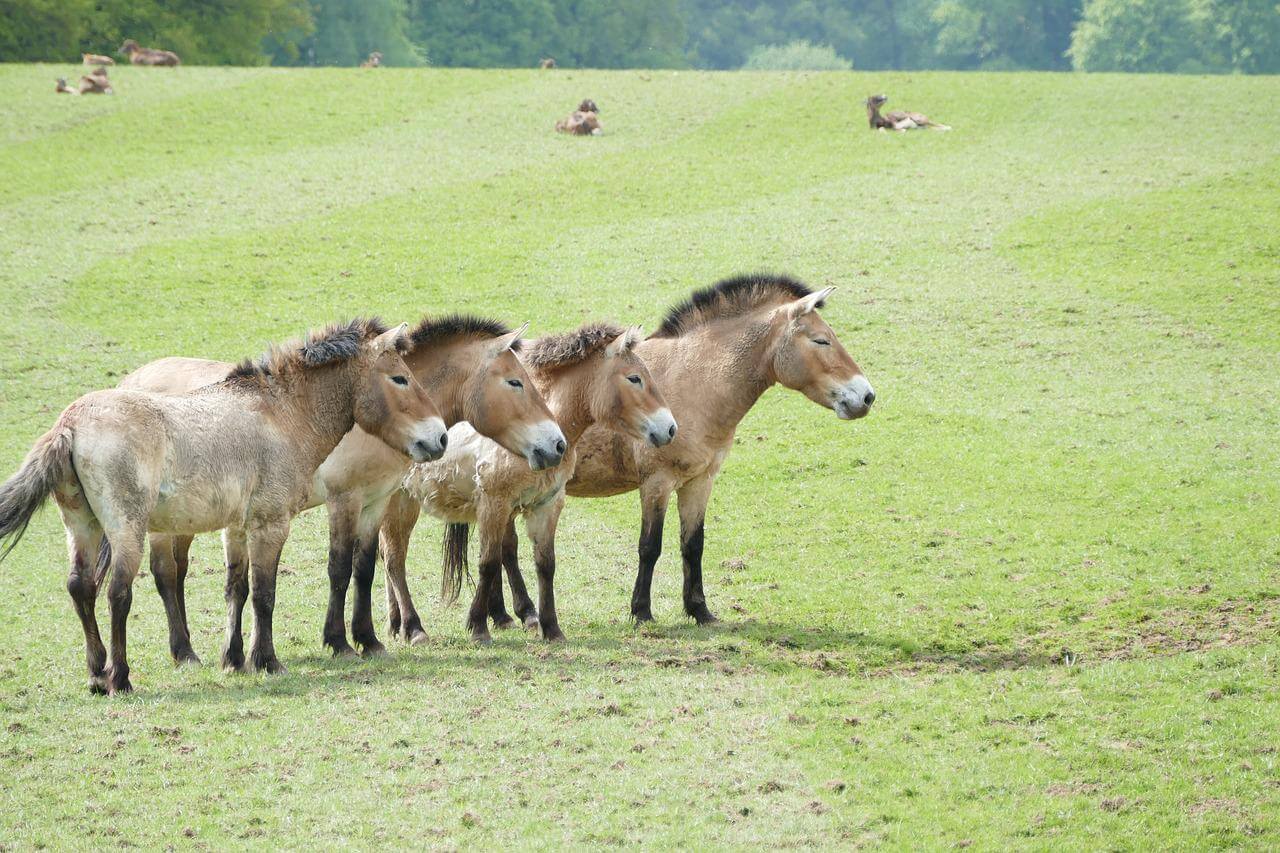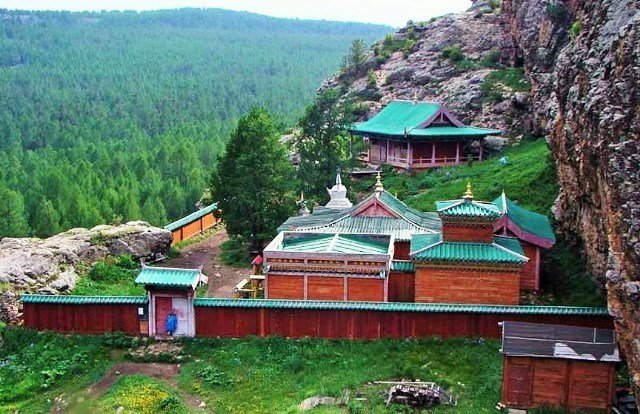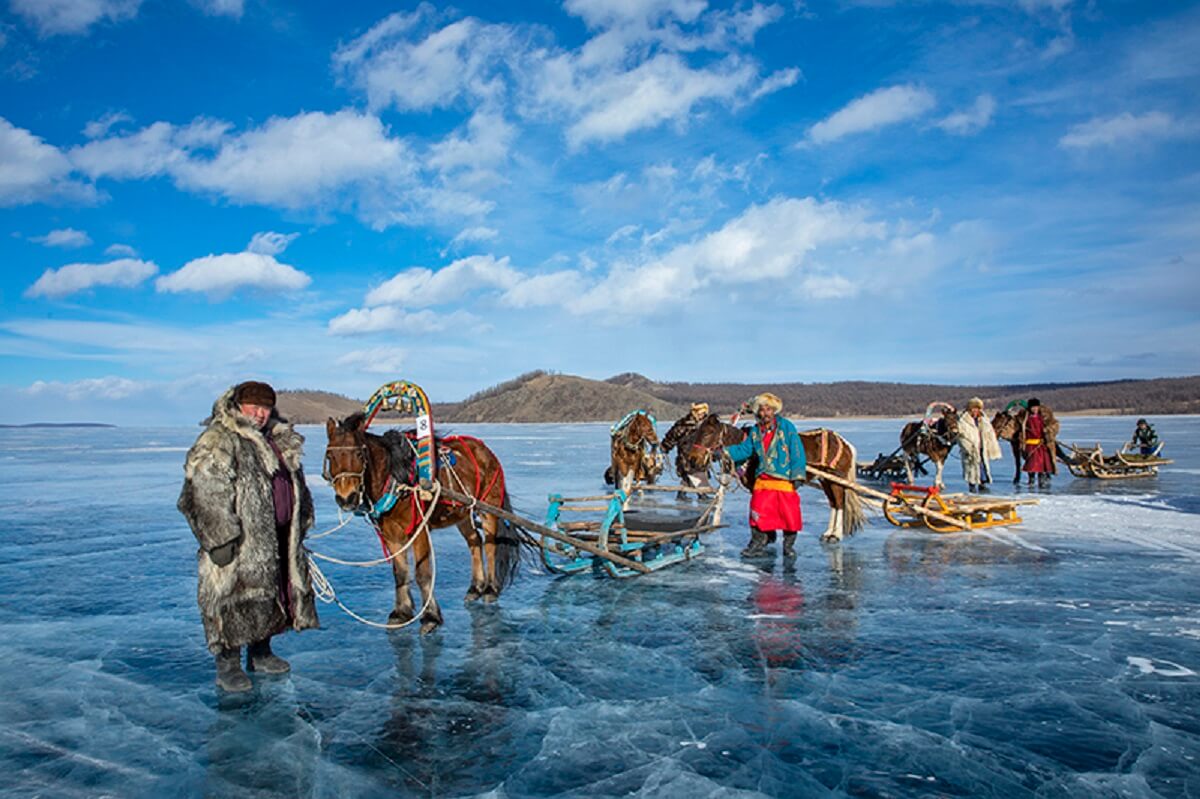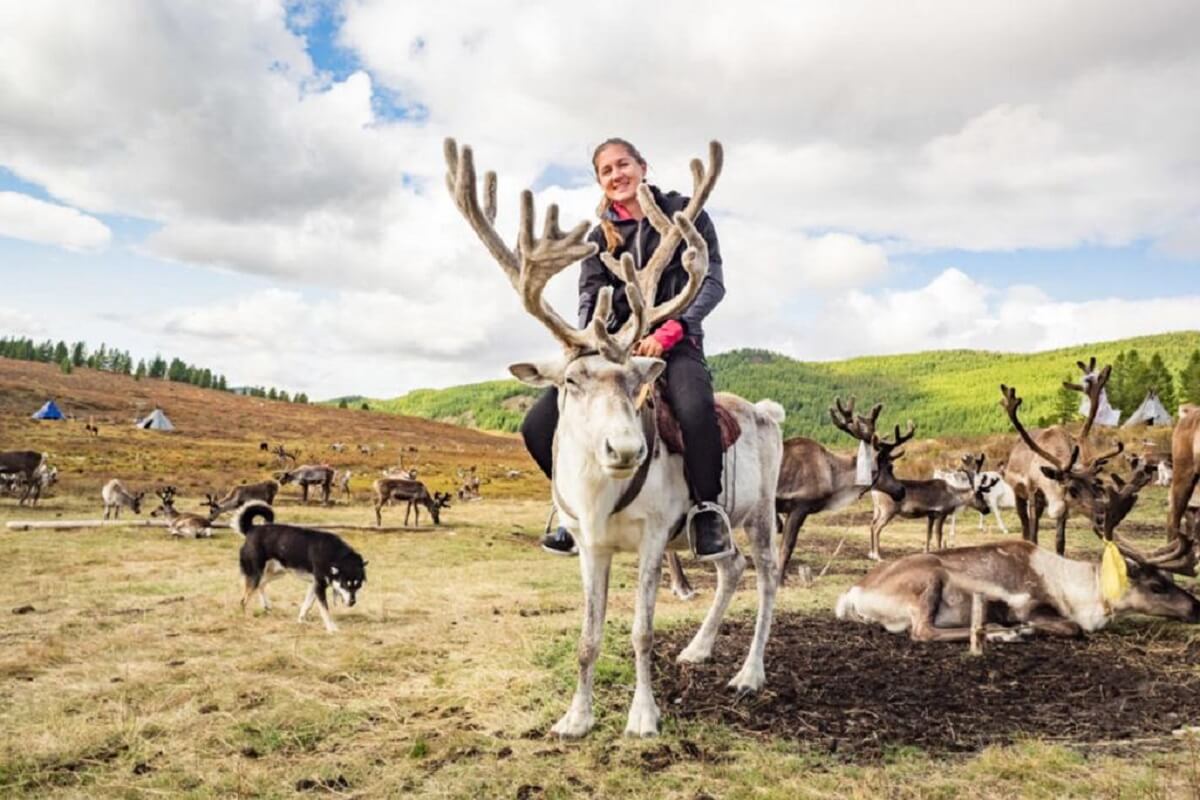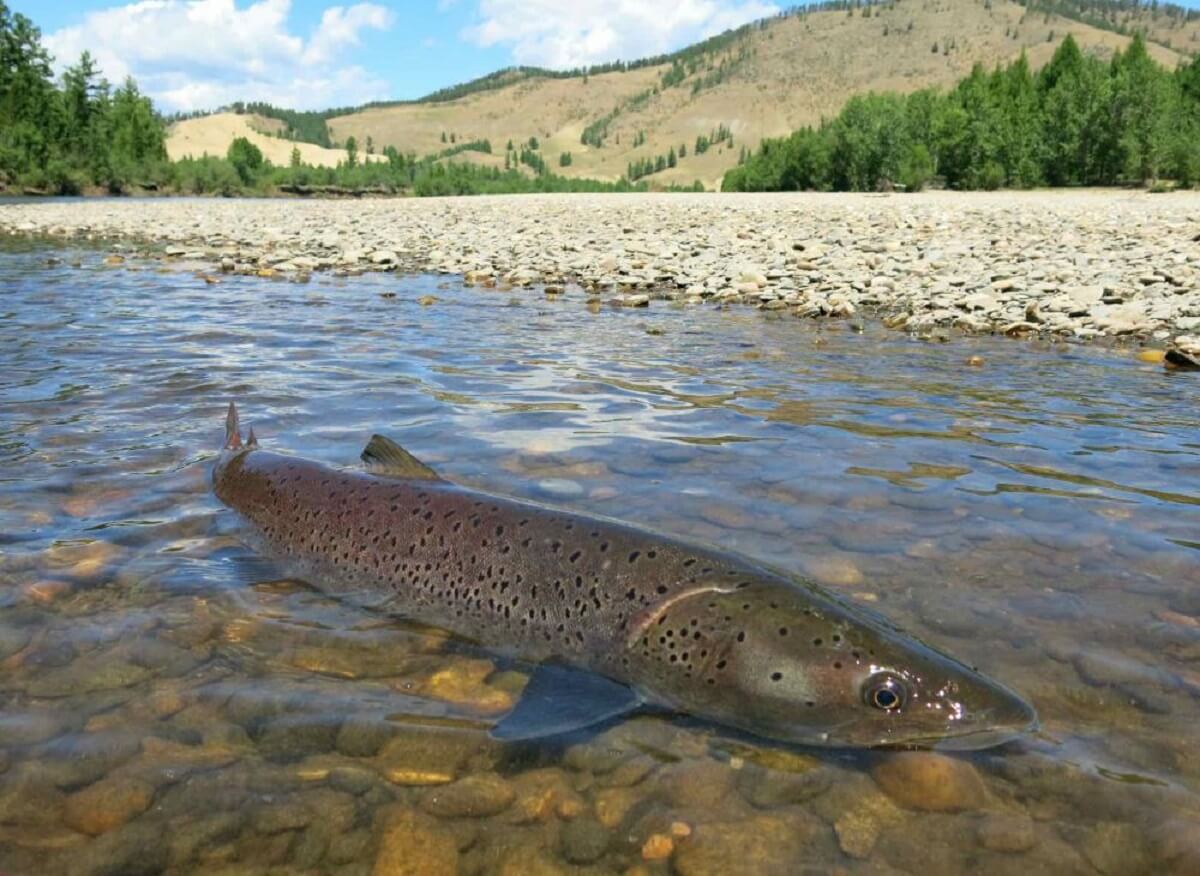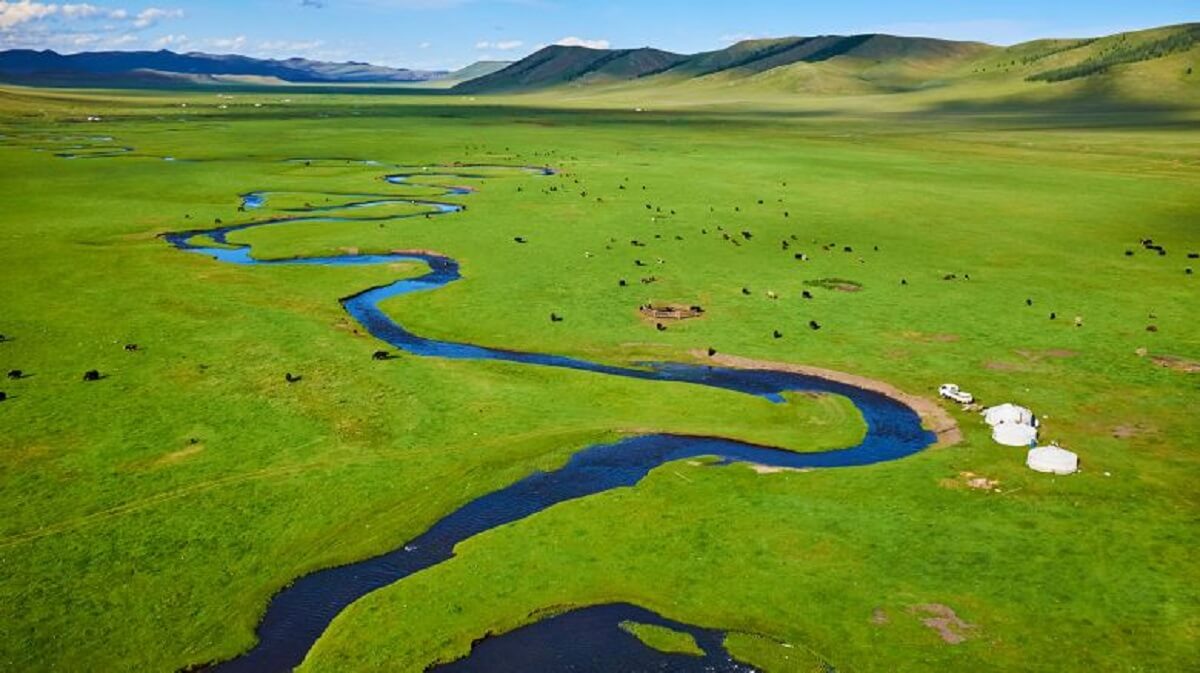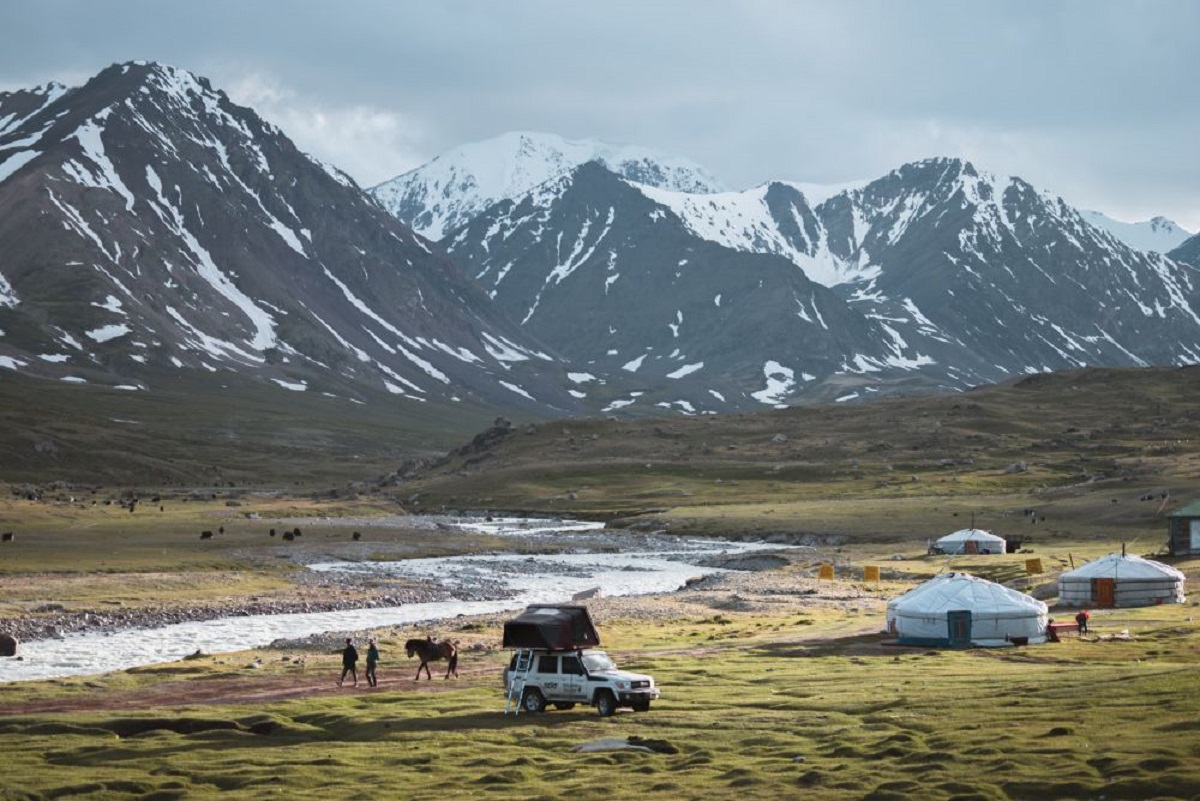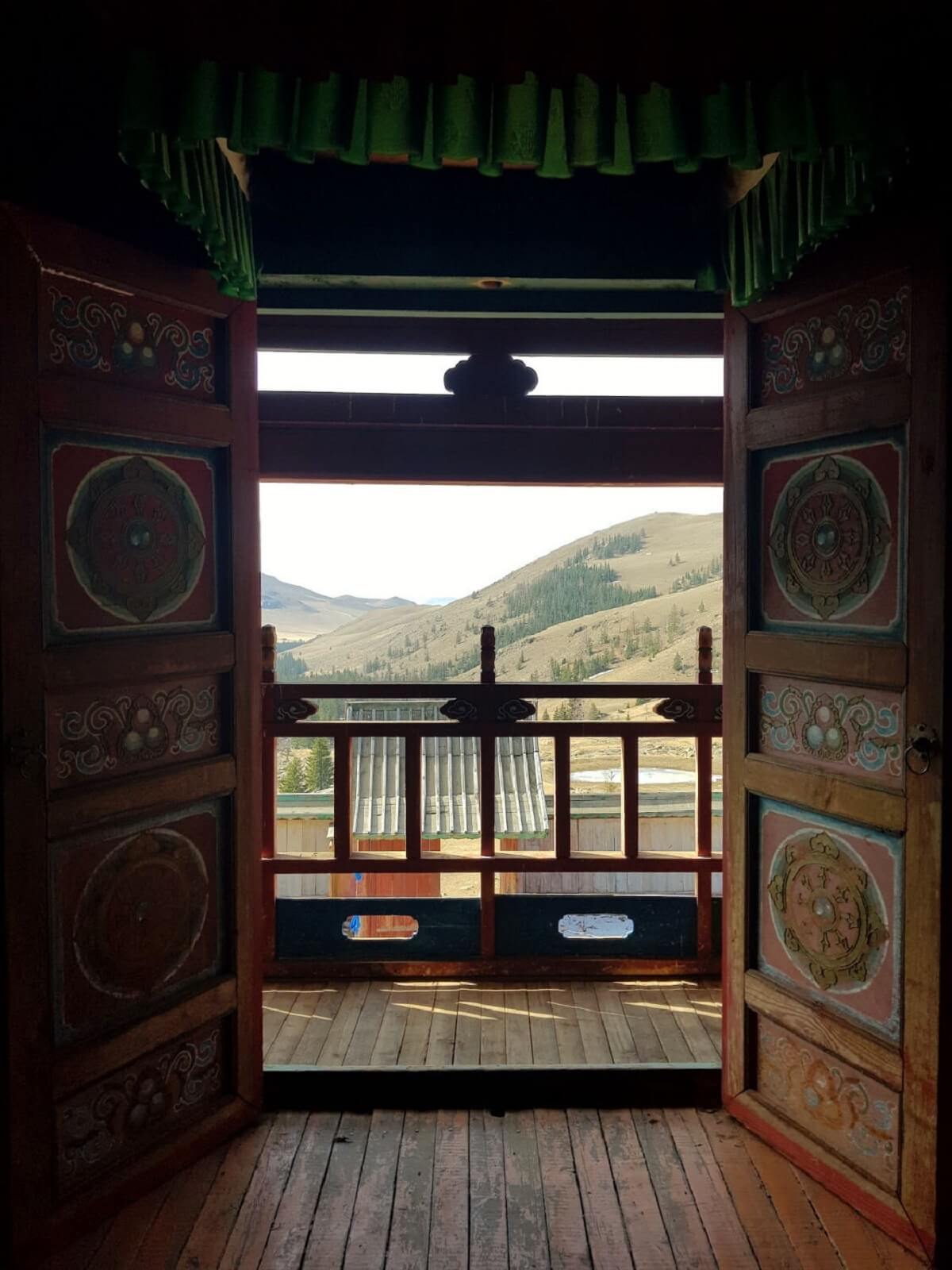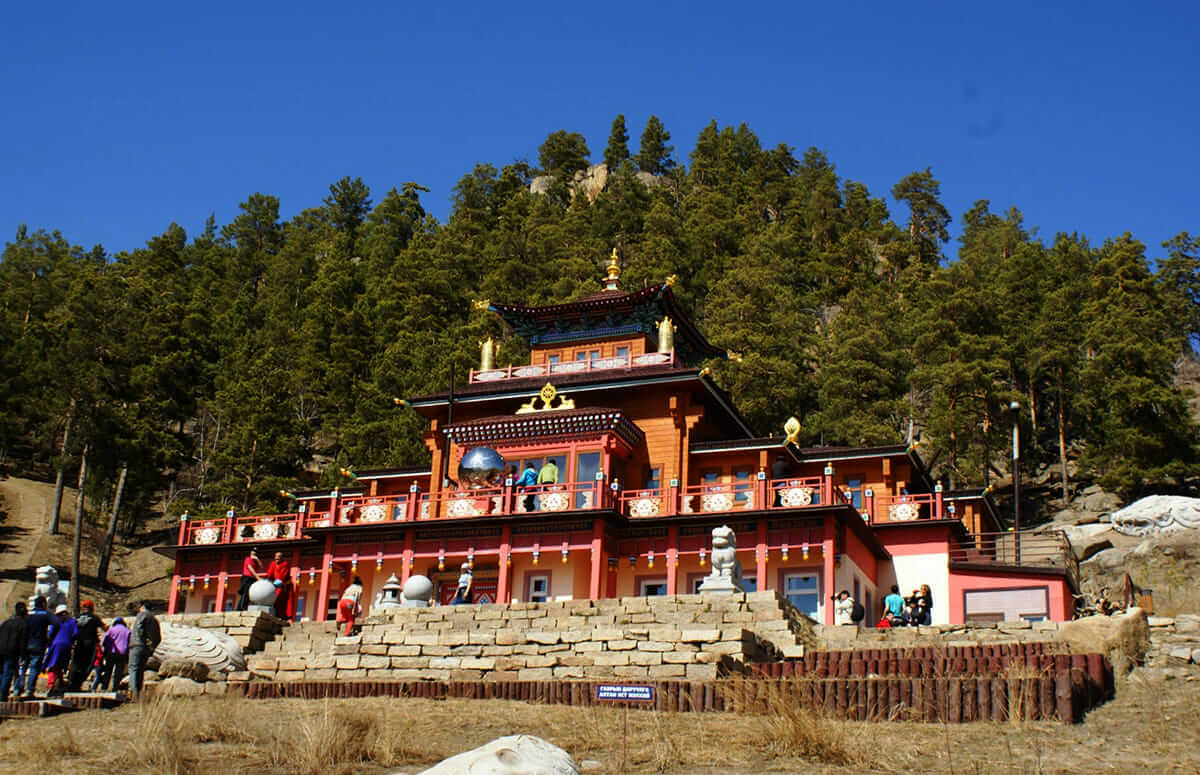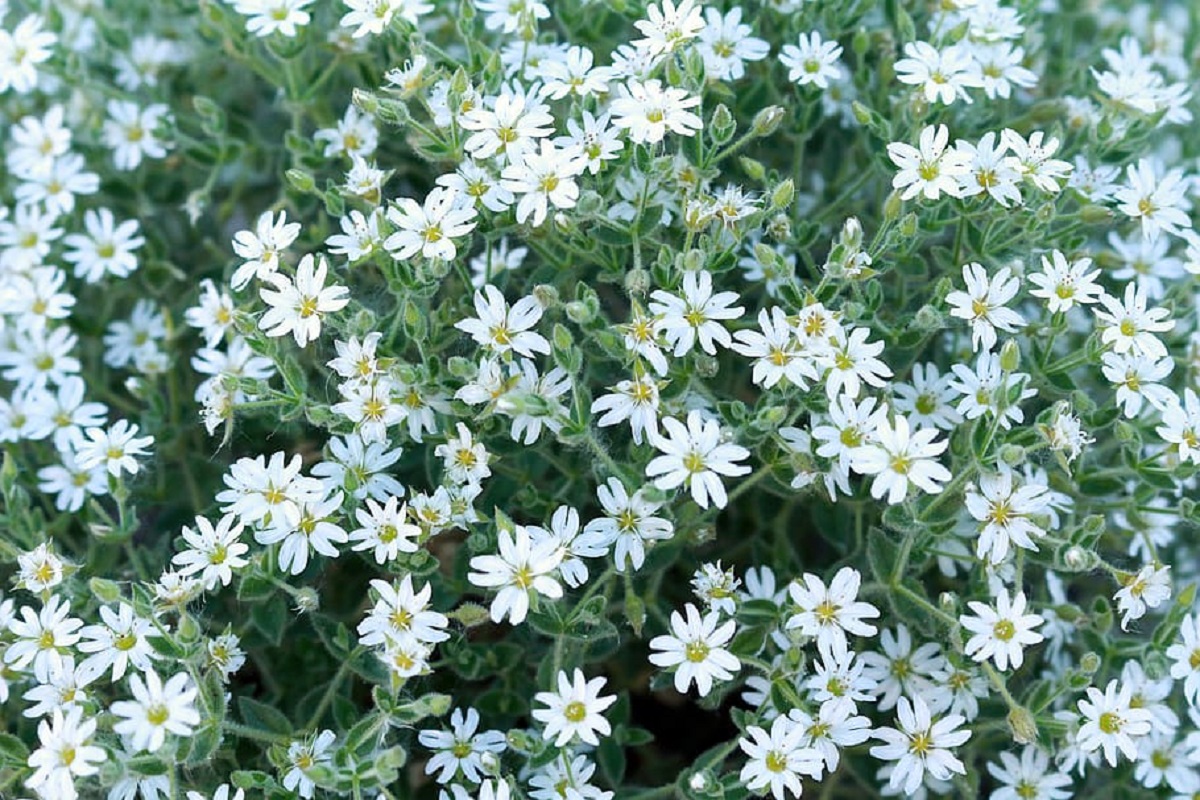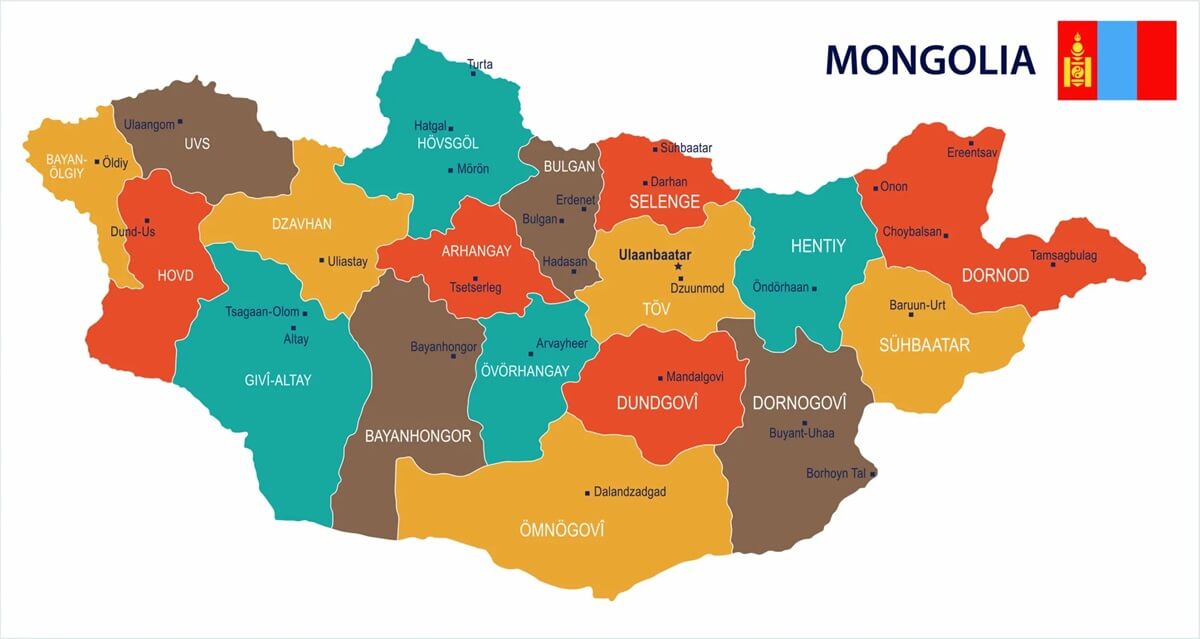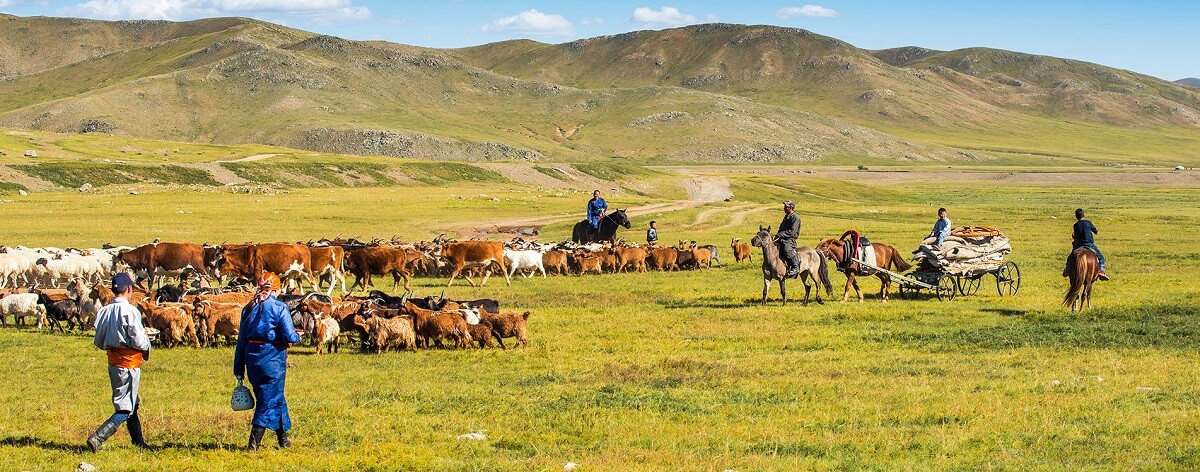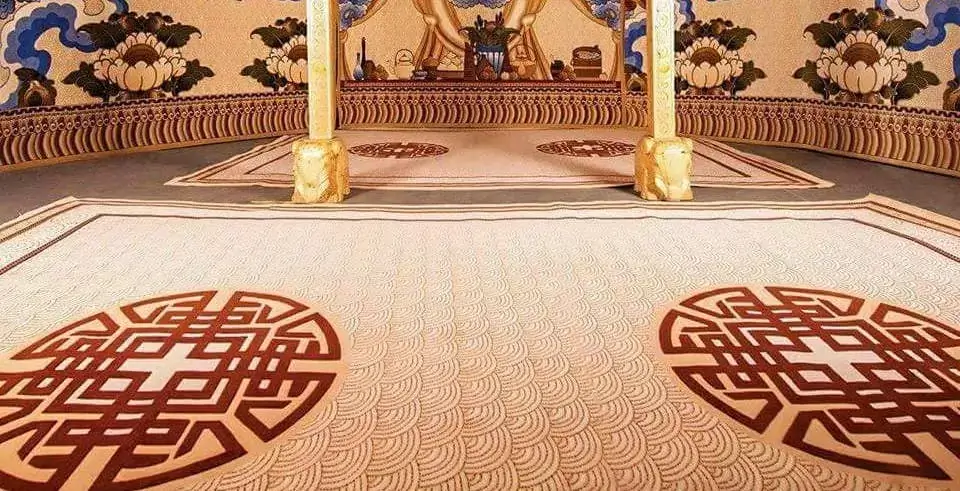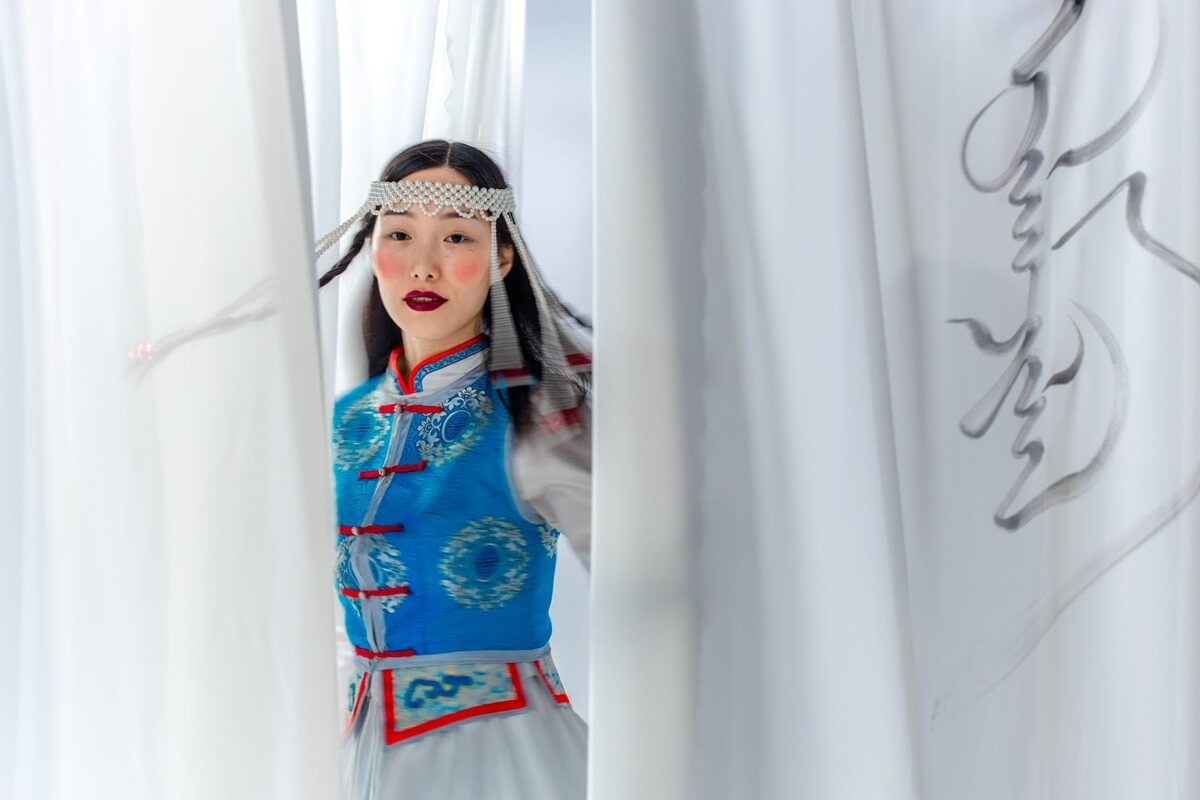Yurts are becoming a popular choice for alternative housing, off-grid living, glamping retreats, and backyard studios. With their circular shape, portable structure and eco-friendly design they combine tradition and functionality.
But one of the most common questions people ask is: “What are yurts prices?” In this comprehensive guide we’ll break down the costs, factors that affect pricing and what to expect when buying or building your own yurt. For detailed pricing and customization options contact manufacturers directly.
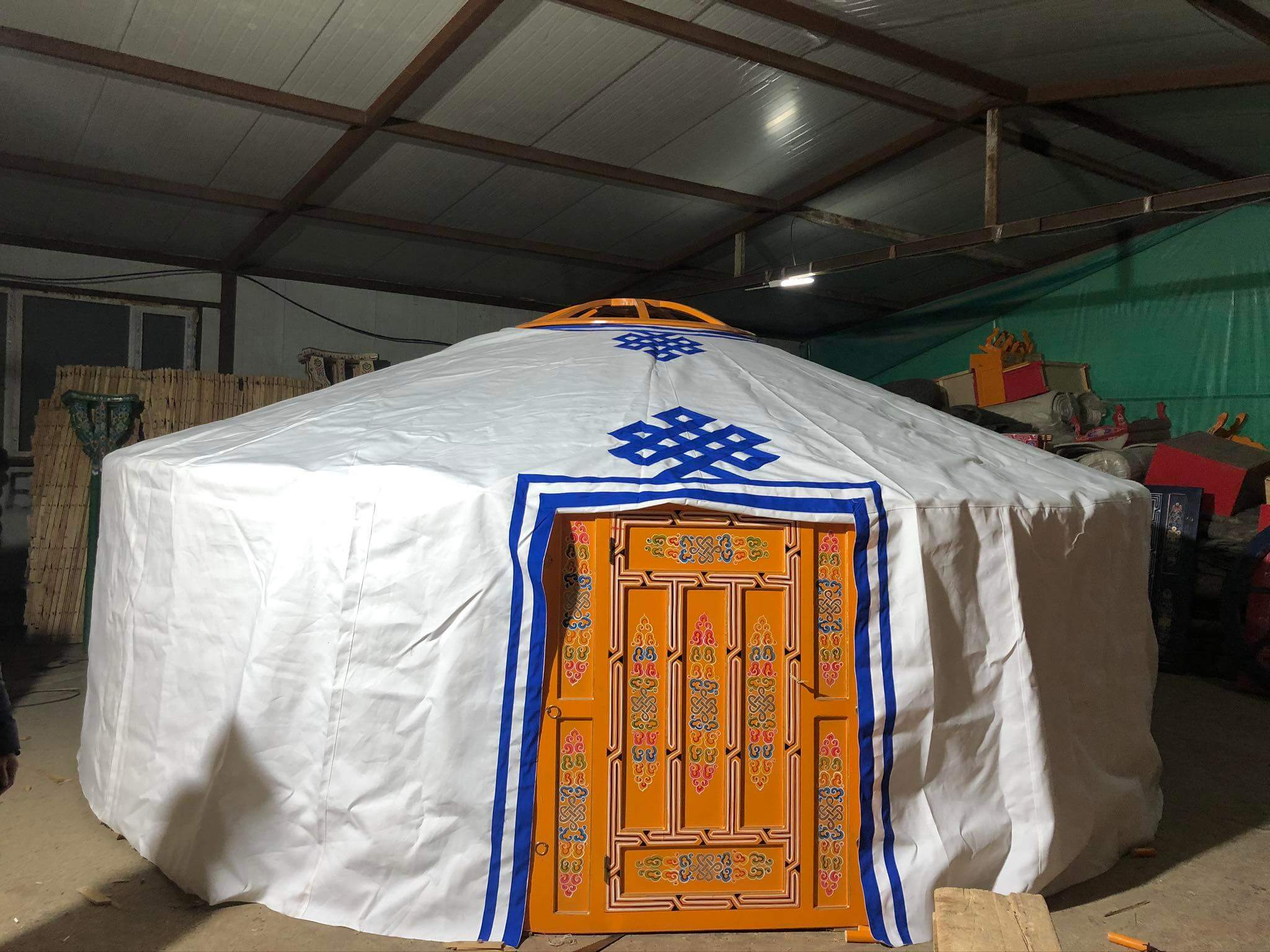
What is a Yurt
Yurts are traditional, portable shelters that originated in Central Asia, particularly in Mongolia and Kazakhstan. For centuries they have been the primary dwelling for nomadic tribes, a practical and durable living space.
In recent years yurts have become popular worldwide as a unique and affordable way to create a living space. Companies like Pacific Yurts have modernized these ancient structures, offering a range of models and features to suit different needs and budgets.
When considering yurt prices you need to factor in the cost of materials, labor and amenities, as well as how much you can spend. Whether you’re looking for a simple retreat or a fully equipped home, yurts are a versatile and eco-friendly option.
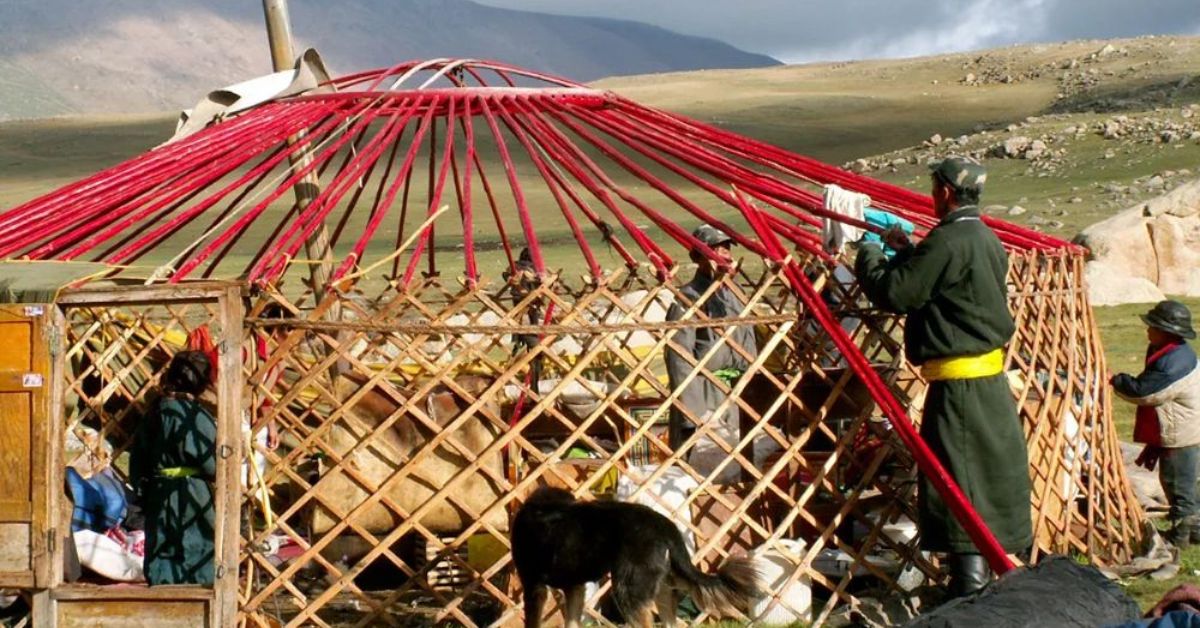
Yurts Prices
The cost of a yurt varies greatly depending on size, materials, features, location and level of customization. You can customize yurts with various features such as different accessories, unique window placements and finishing touches to enhance both functionality and aesthetics.
Whether you’re buying a complete yurt kit or building one from scratch understanding all the elements that go into the price will help you plan your budget better.
Another important factor to consider is insulation. Effective insulation options such as rigid foam, radiant heat barriers and reflective insulation developed by NASA can help maintain comfortable temperatures by preventing heat loss in winter and heat gain in summer.
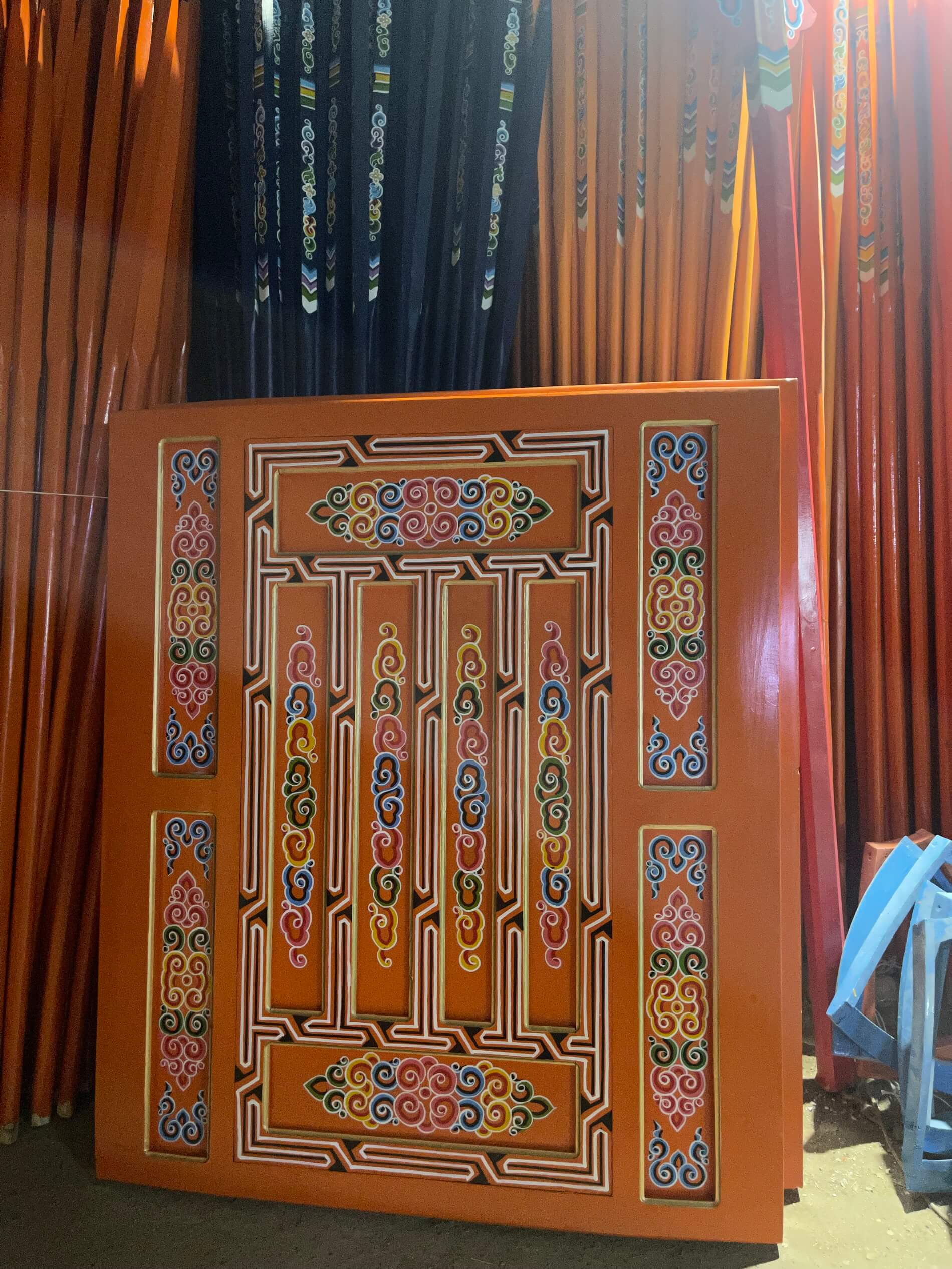
How Much Do Yurts Cost to Buy?
If you’re wondering how much do yurts cost to buy here’s a quick snapshot:
| Yurt Size (Diameter) | Estimated yurts Prices Range (Basic Kit) |
|---|---|
| 12 ft (small yurt) | $4,000 – $7,000 |
| 20 ft | $8,000 – $13,000 |
| 30 ft (larger yurts) | $14,000 – $25,000 |
These yurts prices include the canvas, wood frame, door, walls, roof and basic components like a compression ring. But may not include extras like glass windows, insulation package or a snow and wind kit. For specific pricing contact manufacturers directly.
How Much Is a Small Yurt?
A small yurt, 10 to 14 ft diameter is the most affordable option. Great for camping, backyard offices or a cozy guest dwelling.
Depending on the brand and quality of materials you can expect to pay between $3,000 to $7,000. These usually don’t include features like a stove, floor or bathroom so additional costs may apply.
Types of Yurts
There are several types of yurts available, each catering to different needs and preferences, and their sizes range from small to large . Traditional yurts are made from natural materials like wood, canvas and felt, staying true to their historical roots.
Modern yurts however often incorporate advanced materials and designs, offering improved durability and weather resistance. For those looking for a more luxurious experience luxury yurts come with high end amenities and features, perfect for glamping and vacation rentals.
Yurt sizes range from small, cozy spaces for one person or couple to larger yurts that can accommodate families or groups, typically with a diameter of 10 to 30 feet . When choosing a yurt you need to consider the intended use, budget and location to ensure you choose the right one for your needs.
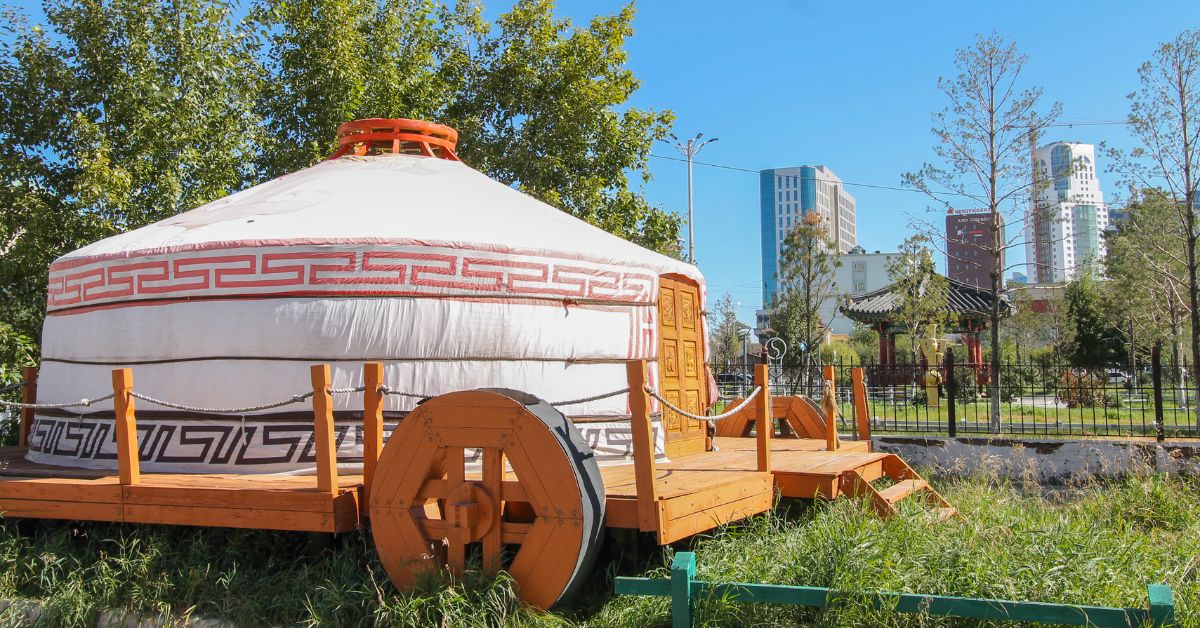
Yurt Models and Features
Yurt models and features can vary greatly depending on the manufacturer and type. For example Pacific Yurts offers several models, the standard yurt, deluxe yurt and luxury yurt.
Each model comes with its own set of features such as insulation packages, stove flashing and glass windows. One popular upgrade is the Snow and Wind Kit which provides additional support and protection against harsh weather conditions so your yurt remains secure and comfortable year round.
When customizing a yurt you need to consider factors such as durability, maintenance, potential upgrades to enhance your living experience, and how to install it properly. Investing in quality features can make a big difference in the longevity and comfort of your yurt.

What’s Included in a Yurt Kit?
A standard yurt kit includes: What’s Included in a Yurt Kit?
- Wooden poles for walls and roof
- Central compression ring
- Fabric canvas cover for roof and walls
- A door frame and door panel
- Windows (vinyl or glass windows, optional)
- Rafters and tension bands
- Option to add perimeter studs for reinforcement
- Various wall options available for customization
Some premium kits may come with added insulation, upgraded materials, or pre-fitted stove flashing.
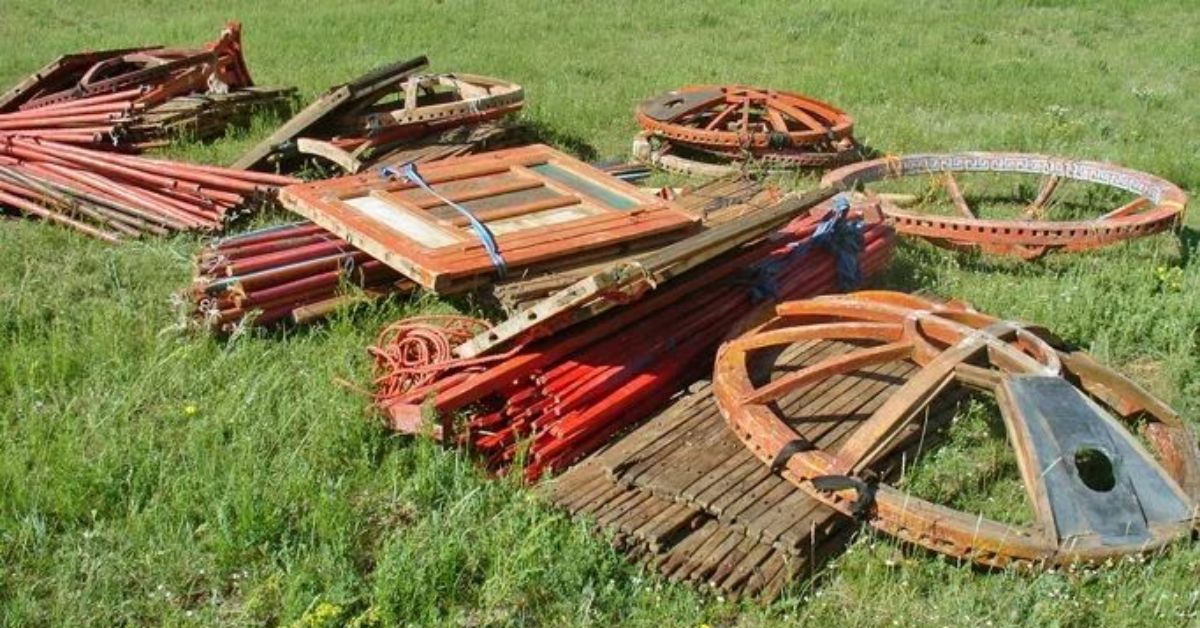
Extras and Their Cost
To make your yurt livable year-round you may need to purchase extras. Here’s how they affect yurts prices:
- Snow and Wind Kit: $3,000 – $7,000
- Insulation Package: $4,000 – $10,000
- Glass Windows: $1,000 – $2,000
- Floor: $2,000 – $5,000
- Stove Flashing & Stove: $1,500 – $5,000
- Bathroom: $5,000 – $15,000
You can also customize your yurt with various features such as unique window placements and finishing touches to enhance both functionality and aesthetics.
These extras help with durability, weather resistance and comfort, making sure to cover all aspects of your yurt’s needs . Effective insulation options, including rigid foam, radiant heat barriers and reflective insulation developed by NASA, are crucial for maintaining comfortable temperatures by preventing heat loss in winter and heat gain in summer.
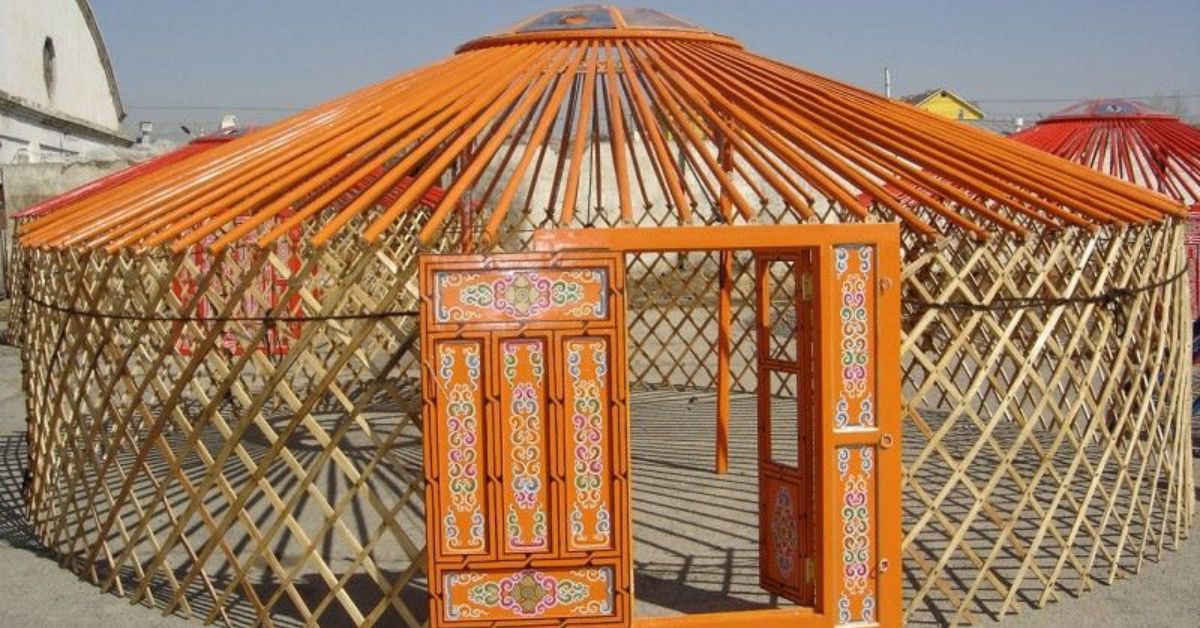
Yurt Building Cost Breakdown
If you’re planning to build your own yurt here are the costs to consider:
| Item | Average Cost Range |
|---|---|
| Lumber & Wood Poles | $800 – $2,500 |
| Fabric & Canvas | $600 – $1,500 |
| Tools & Equipment | $300 – $1,000 |
| Labor (if outsourced) | $1,000 – $5,000 |
| Platform/Foundation | $1,000 – $3,000 |
| Total Estimated Cost | $4,000 – $13,000+ |
Yurts prices: DIY yurts are much cheaper, but they also require time, skills and strict instructions to ensure safety and structure stability. You can also customize your yurt with various features such as window placements and finishing touches to enhance both functionality and aesthetics.Also, consider insulation options like rigid foam, radiant heat barriers and reflective insulation developed by NASA to maintain comfortable temperatures by preventing heat loss in winter and heat gain in summer.
Yurt Installation and Site Prep
Yurt installation is a big part of the process. If your site isn’t level or has poor ground conditions you may have to pay extra for grading, drainage and a stable platform. Consider:
- Shipping costs for the yurt kit ($300 – $1,500 depending on location)
- Handling costs if delivery is complicated (e.g. rural area)
- Site permits and zoning (varies by property laws)
Contact manufacturers for specific installation and site prep details.
Handling and Delivery
Handling and delivery costs are a big factor to consider when buying a yurt. Yurt kits can be shipped to many locations and the cost of shipping depends on the size and weight of the yurt. If you prefer to pick up your yurt locally, pick up options are also available.
Don’t forget to factor in handling costs, labor and equipment rental when estimating the total cost of yurt installation. And investing in a wind kit can be an extra cost but it’s essential protection against strong winds to keep your yurt stable and secure.
By considering these factors you can plan your budget better and have a smoother installation process.

Where to Buy: Popular Yurt Brands
1. Pacific Yurts
A US based manufacturer, Pacific Yurts offers durable, eco-friendly structures made from high-quality canvas with great customer service. Their kits come with custom options including snow and wind kit, glass windows and insulation.
2. Rainier Outdoor
Luxury and custom yurts. High end amenities like indoor plumbing, bathroom kits and modern doors available. Customers can also customize their yurts with various features such as unique window placements and finishing touches to enhance both functionality and aesthetics.
Rainier Outdoor has yurts that can withstand different weather conditions.
They provide cost estimates and explain how effective insulation, using materials like rigid foam, radiant heat barriers and reflective insulation developed by NASA can help maintain comfortable temperatures by preventing heat loss in winter and heat gain in summer.### 3. Colorado Yurt Company
Their yurts can withstand extreme weather, snow and high wind. Various sizes and multiple upgrade options. Customers can customize with unique window placements and finishing touches to enhance functionality and aesthetics.
Insulation is key to comfortable temperatures, and additional support can be provided by poles that help hold the structure together.
Yurts Prices Factors
- Size: Larger yurts cost more due to more canvas, wood and labor. You can customize with window placements and finishing touches to enhance functionality and aesthetics.
- Materials: Higher quality means higher price. Insulation options like rigid foam, radiant heat barriers and reflective insulation developed by NASA to maintain comfortable temperatures by preventing heat loss in winter and heat gain in summer.
- Upgrades: Glass windows, plumbing or luxury door add to the cost.
- Shipping & Handling: Especially for remote areas.
- Installation: Hiring professionals increases the expense.
- Season: Buying off-peak season may reduce yurts prices.
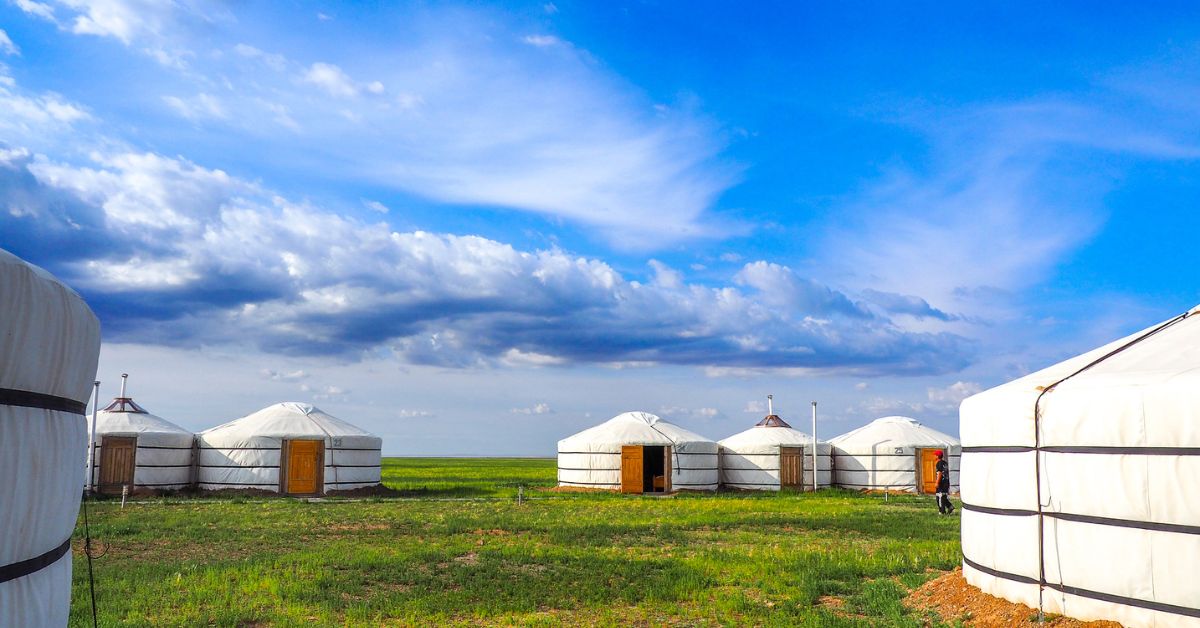
How to Save on Yurt Costs
There are ways to save on yurt costs without sacrificing quality or comfort. One way is to choose a basic fabric model and forgo certain upgrades that may not be necessary for your needs.
Choosing a smaller yurt size can also save costs, making it significantly cheaper than larger models. Investing in a Snow and Wind Kit can save on repairs and maintenance in the long run by providing extra protection against harsh weather.
When budgeting for a yurt, consider materials, labor and amenities. Compression ring and central column can enhance structural integrity, insulation packages and stove flashing can improve energy efficiency and safety.
By considering these factors you can have an affordable and comfortable living space that meets your needs and budget.
Rent or Buy?
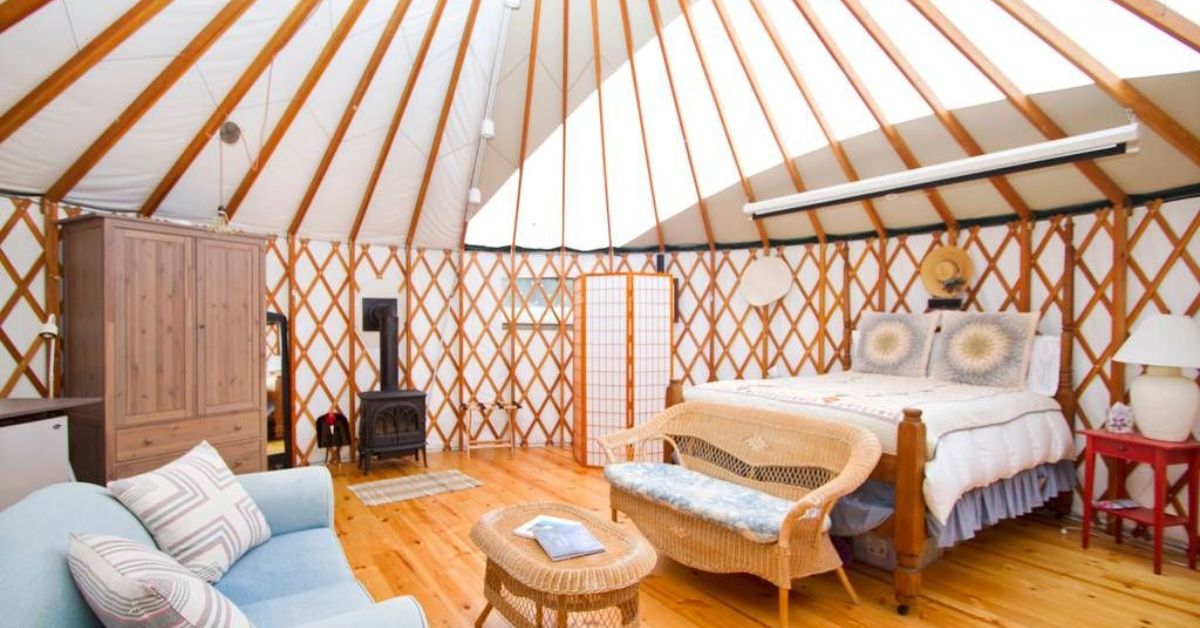
Not ready to commit? Some companies offer rent options or glamping platforms where you can try yurt living, so make sure to check their page for details . But long term, buying your own and setting it up on your property may be more economical and flexible.For rent or buy details contact manufacturers directly.
Yurt Pros and Cons
Pros:
- Affordable compared to traditional housing
- Portable and flexible
- Easier and faster to install
- Environmentally friendly
- Good for camping, studios or retreats
- Can customize yurts with various features such as window placements, finishing touches and accessories to enhance both functionality and aesthetics
- Importance of insulation with options like rigid foam, radiant heat barriers and reflective insulation to maintain comfortable temperatures by preventing heat loss in winter and heat gain in summer
Cons:
- Limited insulation without upgrades
- Insulate your yurt with materials like rigid foam, radiant heat barriers and reflective insulation developed by NASA. Proper insulation can help maintain comfortable temperatures by preventing heat loss in winter and heat gain in summer.
- Vulnerable to harsh weather without reinforcements
- Requires regular maintenance
How to Make Your Yurt More Comfortable
To make your yurt more comfortable:
- Add an insulation package to manage heat and cold
- Install a stove for winter warmth
- Use glass windows for better light and airflow
- Add a snow and wind kit for extreme weather
- Use proper instructions during setup
- Customize your yurt with various features such as unique window placements and finishing touches to enhance both functionality and aesthetics
- Insulate your yurt with materials like rigid foam, radiant heat barriers and reflective insulation to maintain comfortable temperatures year-round

If you would like to experience more about Mongolian yurts, check the following links:
- Yurt Winter Living: A Cozy Retreat in the Cold
- The Essential Parts of a Yurt: A Guide
- Yurt Size: How to Choose the Perfect Fit for Comfort, Function, and Style
- What Is Inside In A Yurt: A Look At Mongolian Yurts
- What is Yurt the Most Beneficial 6 Aspects
- Traditional Mongolian Yurt used for Sale
- Yurt Interior Design: A Cozy Fusion of Simplicity and Style
FAQs
How long does a yurt last?
With proper maintenance, most yurts last 15-20 years. Canvas may need replacement after 7–10 years depending on climate.
Can you live in a yurt full-time?
Yes, many people use them as full-time homes with the right insulation, stove and bathroom setup.
Are yurts legal on all properties?
Check local zoning laws. Some areas allow them as permanent dwellings, others only for temporary use.
For specific zoning and legal details contact local authorities.
What are yurts prices?
Custom options vary, but yurts prices start around $10,000 and can exceed $30,000 with full amenities, contributing to a sustainable living on earth .For pricing contact manufacturers directly.
Are Yurts Worth It?
Yurts prices from a few thousand to tens of thousands.
Whether you’re looking for an affordable eco-friendly retreat or luxury glamping, yurts offer flexibility, charm and connection to nature. Contact manufacturers for pricing.
Take time to compare brands, evaluate your budget and consider all the features you need. From Pacific Yurts to DIY options, there’s something for everyone.
Whether you like their Central Asian heritage or just a functional structure with character, there’s a yurt for every lifestyle and price.
